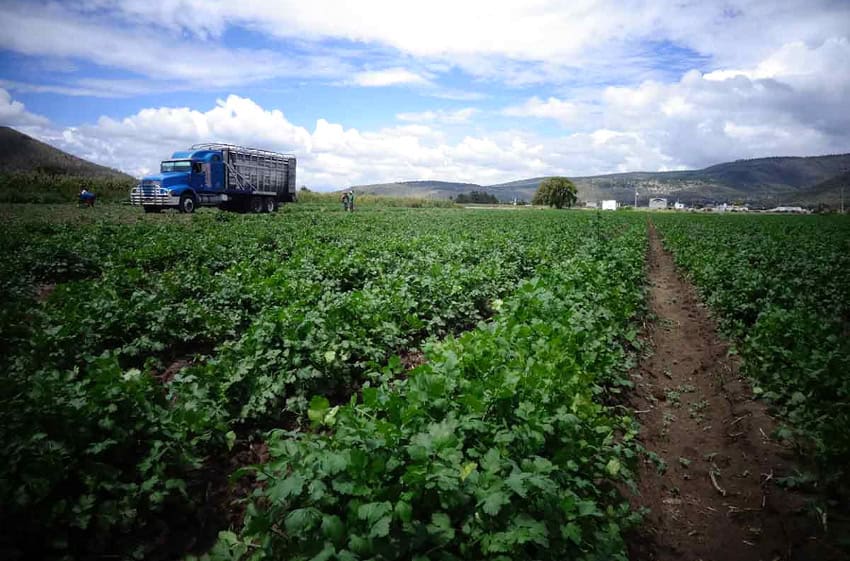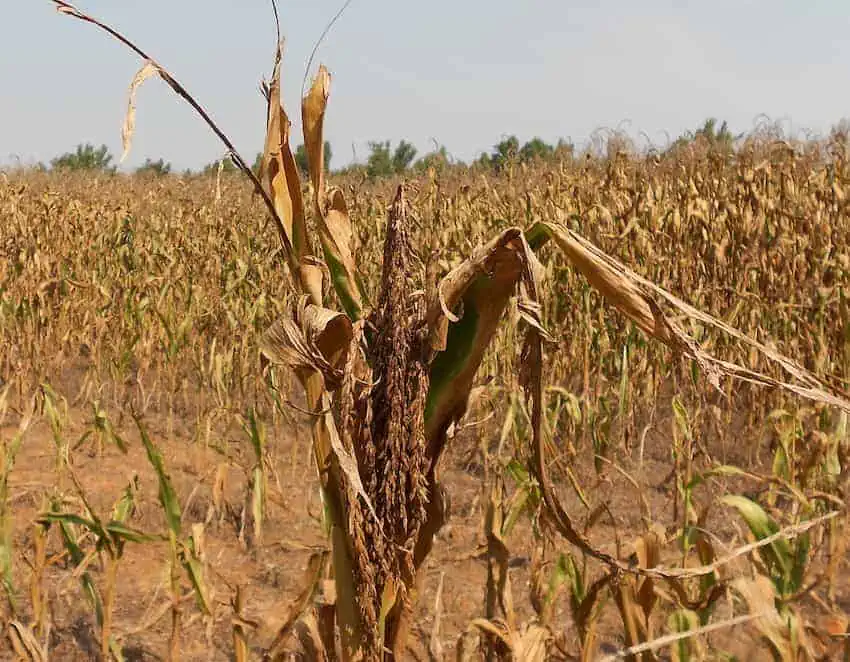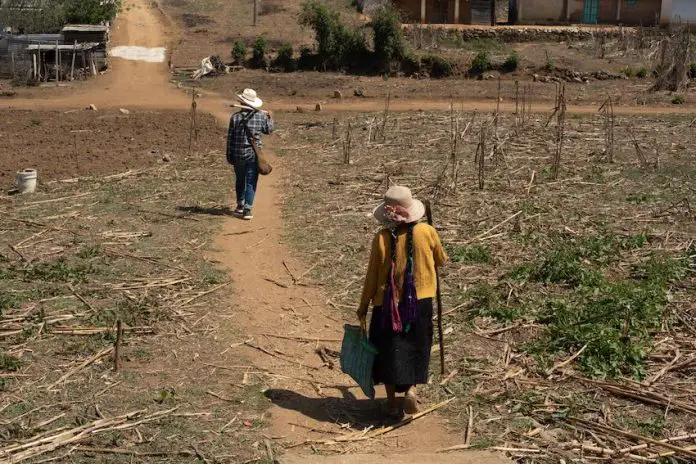Extreme weather and worsening drought conditions are driving migration between Mexico and the United States, according to new research published in the Proceedings of the National Academy of Sciences (PNAS).
The study links climate change with increased undocumented crossings from agricultural regions in Mexico — where drought has escalated in recent years — and suggests that more Mexicans will risk an illegal crossing as droughts, storms and other hardships persist.

Migration “is not a decision that people take up lightly … and yet they’re being forced to make it more, and they’re being forced to stay longer in the United States” as a result of weather extremes, said Filiz Garip, co-author of the study and a Princeton professor of sociology and international affairs.
The new research was published the same week that Republican Donald Trump was elected to serve a second term as president of the United States. Trump has called climate change a “hoax” and promised mass deportations of an estimated 11 million people in the U.S. illegally.
For their study, the researchers examined data from 48,313 people in 84 Mexican farming communities from 1992 to 2018. They focused on some 3,700 individuals who crossed the border without documents for the first time, and why they made the decision to do so.
Findings reveal that communities experiencing drought had higher migration rates compared to communities with normal rainfall. And people were less likely to return to Mexico if drought and extreme weather had persisted in their communities.
Among the communities studied, the most common crop was corn, which is particularly reliant on rainfall and temperatures.

Globally, 143 million people are likely to be uprooted over the next 30 years by rising seas, drought, searing temperatures and other climate catastrophes, according to a U.N. Intergovernmental Panel on Climate Change report.
Hélène Benveniste, a professor in Stanford University’s Department of Environmental Social Sciences, said the new study provides community-specific data that’s “rarely available” on such a large scale. She also praised how the report examined a person’s full migration journey, including their return.
The finding that return migration decisions were delayed by weather stress in origin communities is “important and novel,” said Benveniste, who studies climate-related human migration and was not involved in the study. “Few datasets enable an analysis of this question.”
Increased surveillance and enforcement along the U.S.-Mexico border make returning home — and moving back and forth — more difficult, pointed out Michael Méndez, assistant professor of environmental policy and planning at the University of California, Irvine.
“So much of our focus has been, in a way, on the border and securing the border,” added Kerilyn Schewel, co-director of Duke University’s Program on Climate, Resilience and Mobility. “But we need much more attention to not only the reasons why people are leaving, but also the demand for immigrant workers within the U.S.”

In Mexico, the ongoing drought has threatened livelihoods and food security. This year’s drought has seen record-low rainfall and unprecedented heat.
Annual mean temperatures in Mexico have risen by 0.6° Celsius since 1960 and are projected to climb by up to 3° Celsius by 2060, according to the study.
Water scarcity concerns in Mexico remain even after a rainy summer. And the extreme conditions are not just impacting farmers; earlier this year, media outlets reported that Mexico City could reach a “Day Zero” in a matter of months due to over-extracted groundwater and historically low reservoir levels.
Earlier this year, a number of dams were below 20% capacity, endangering crops like corn and sorghum. Coffee beans were also at risk due to drought. And in the Yucatan Peninsula, drought was impacting plants and animals, leaving dry stretches of lagoons and wetlands, according to the NADM.
With reports from Associated Press, France 24 and The Hill
